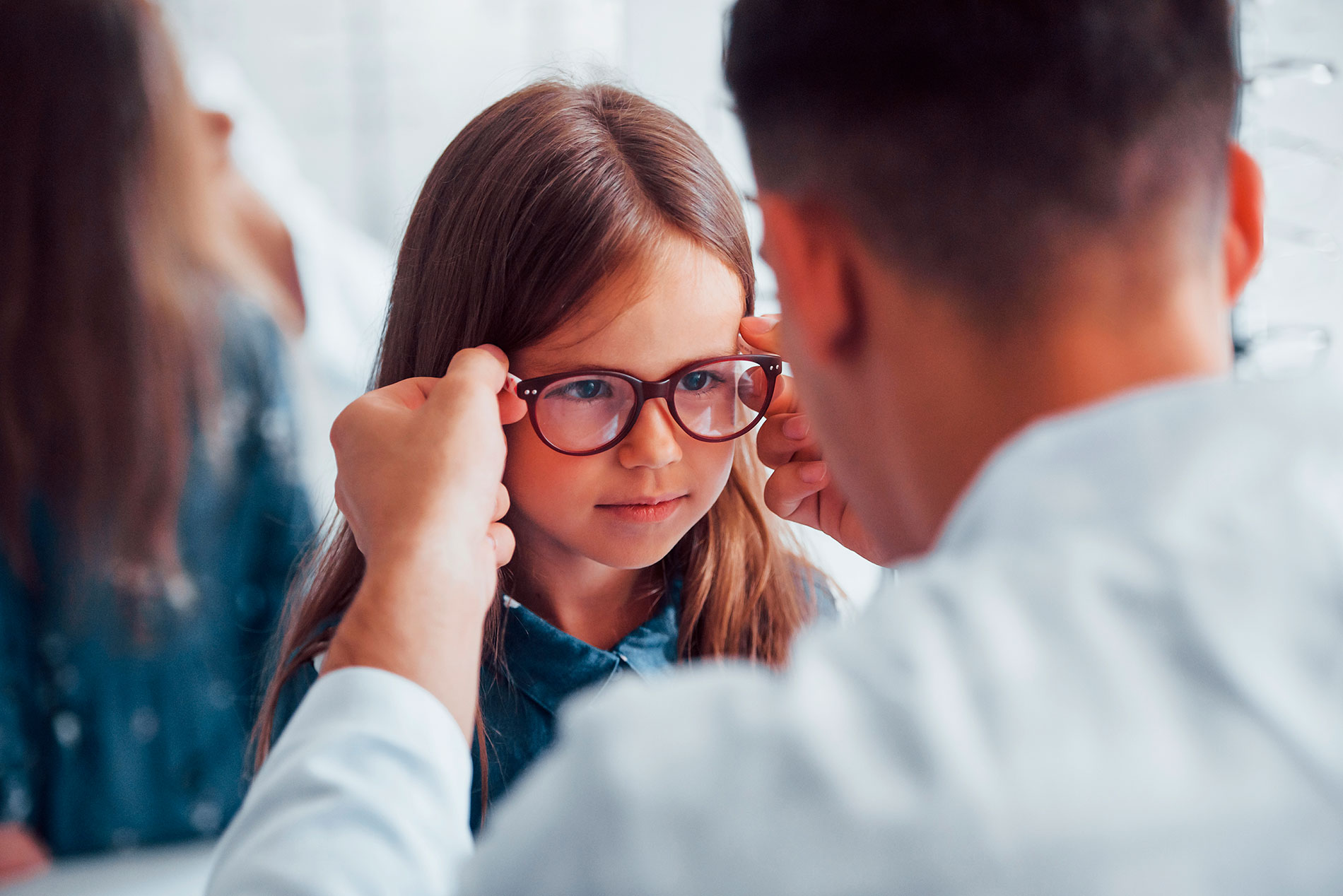Beware of vision problems! How do we detect them?
Can you prevent long-sightedness and astigmatism in children? Here are some guidelines to follow to avoid these visual problems with little ones.
child care
Share

Experts say that sight is not fully developed until approximately age 6, but that doesn’t mean that children under the age of 6 don’t have vision problems. In fact, paediatricians perform very general check-ups during the first few years of life, but after 3-4 years it is recommended to have an annual check-up with a specialist.
Problemas visuales en niños: ¿se pueden prevenir?
Between 5% and 20% of nursery school children and 25% of schoolchildren have visual problems such as short-sightedness, long-sightedness or cross eyes. Short-sightedness is the problem that is most on the rise, due to the increasingly frequent use of screens, both at home, as well as in classrooms. In fact, 30% of cases of academic failure are related to undiagnosed visual problems. But early detection can help us prevent and solve these types of problems.
Symptoms that indicate vision problemasn
- When looking at objects at a distance, you frown and/or squint.
- You feel discomfort, blink a lot and rub your eyes, which may become irritated or red.
- To read, move your head along the lines instead of just moving your eyes.
- Complaining of headaches frequently.
- Bumping into objects, stumbling constantly, and having poor balance.
- Having problems with literacy.
- Getting too close to a book, notebook, tablet, or television.
- Having trouble paying attention, losing interest, or getting tired easily.

The most common vision problems in children are:
- Lazy eye. This condition begins when one or both eyes lose a significant degree of vision. It can be caused by a vision problem, by crossed eyes or, very rarely, by other reasons, such as a cataract. Little by little the nerves that carry information from the eye to the brain stop working due to lack of use, and the child ends up depending on only one eye to see. The treatment of this condition is done by wearing glasses and patching up the good eye to force it to look with the other one.
- Crossed eyes. Crossed eyes is when the eyes do not line up correctly, so instead of focusing on the same point, they point in different directions. So, one looks forward, while the other can look down, up, or inward. Early detection of crossed eyes is essential because treating it early increases the chances of success.
- Short-sightedness. Being short-sighted means not seeing well from afar, since the image is formed in front of the retina and not in it. More than six dioptres can mean they have retinal problems. It is usually discovered when they go to school and have trouble seeing what is on the board, since until then their world has developed at their fingertips.
- Long-sightedness. In this case, the child sees well from a distance but not up close because the images are focused behind the retina. It is usually detected at school age. It is corrected with glasses and it is a problem that usually heals over time.
- Astigmatism. People who suffer from astigmatism do not focus correctly and see the images somewhat distorted, both from long distances and up close. This problem occurs because the refraction of light rays that pass through a meridian of the eye is different from the light rays that pass through the perpendicular meridian. It is usually associated with short-sightedness or long-sightedness. It is corrected with the use of glasses.






